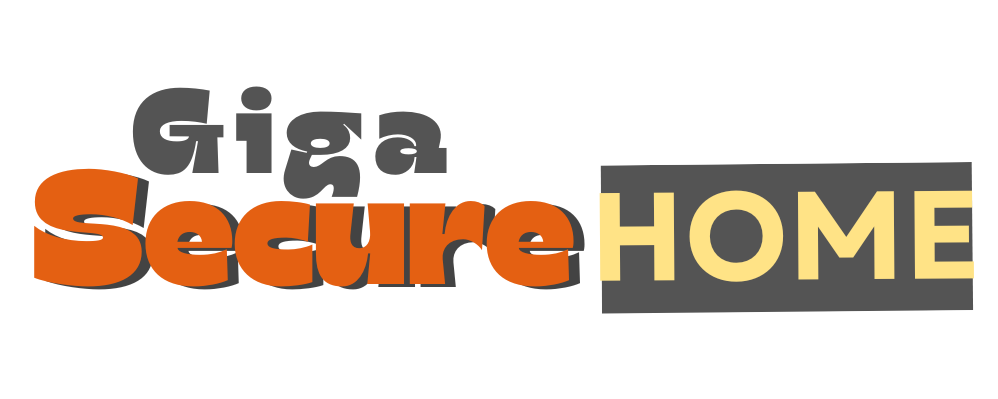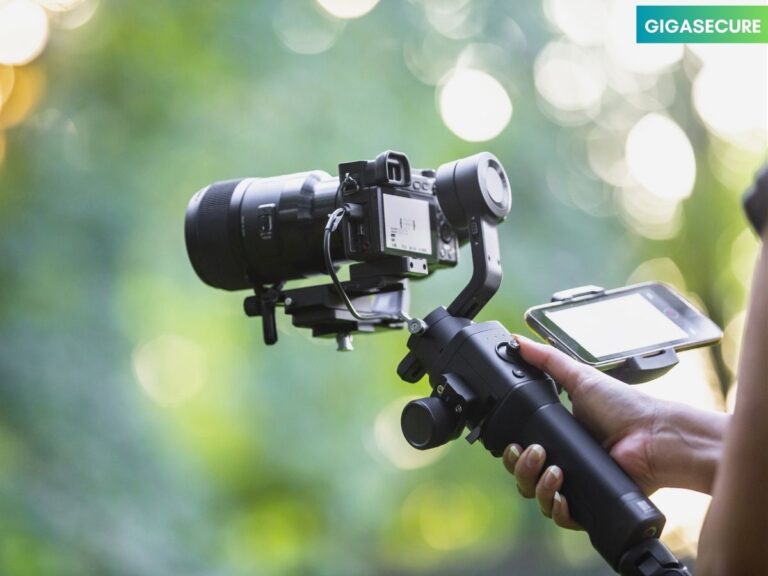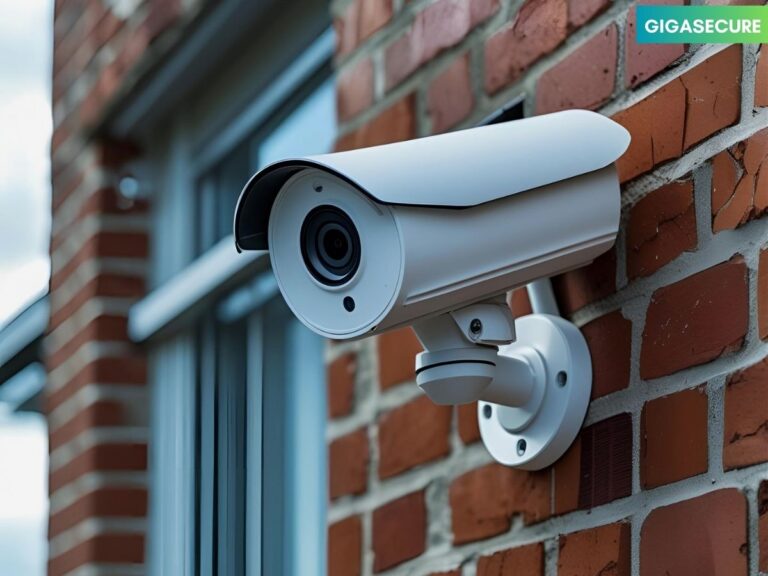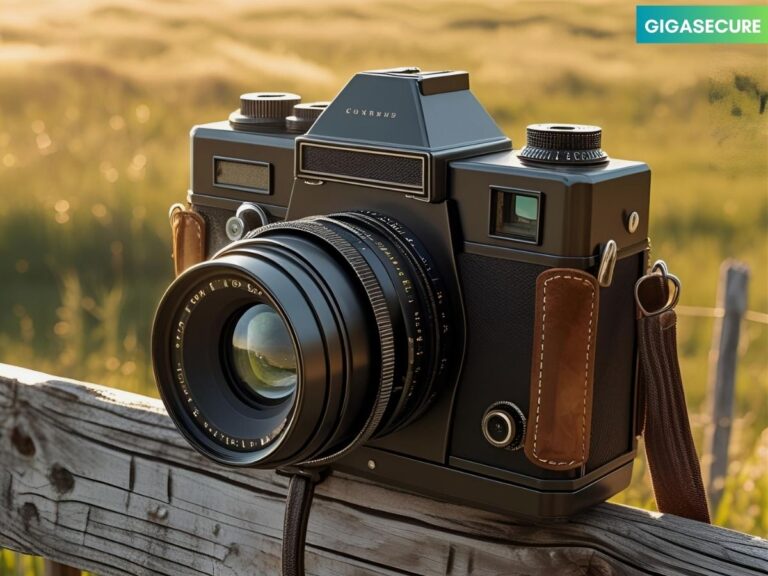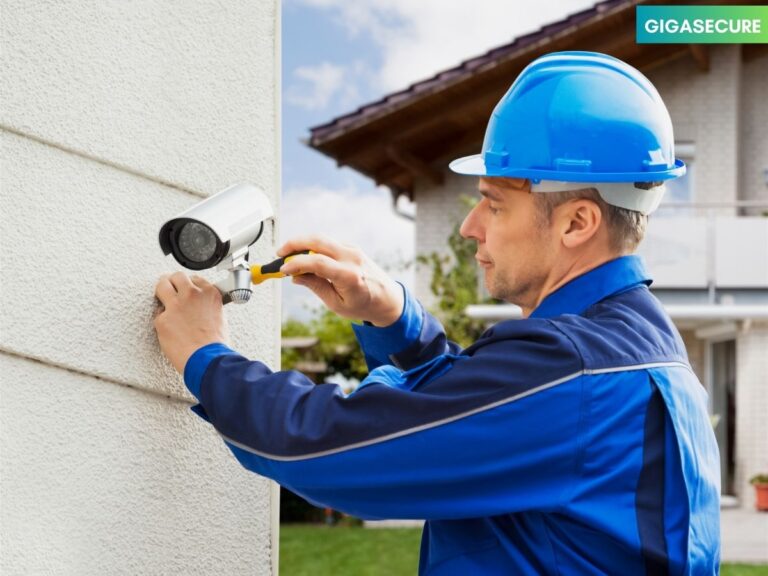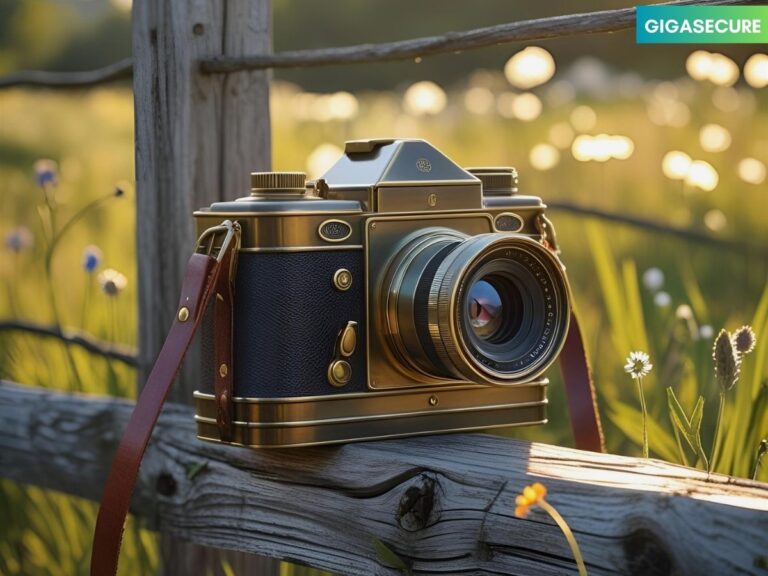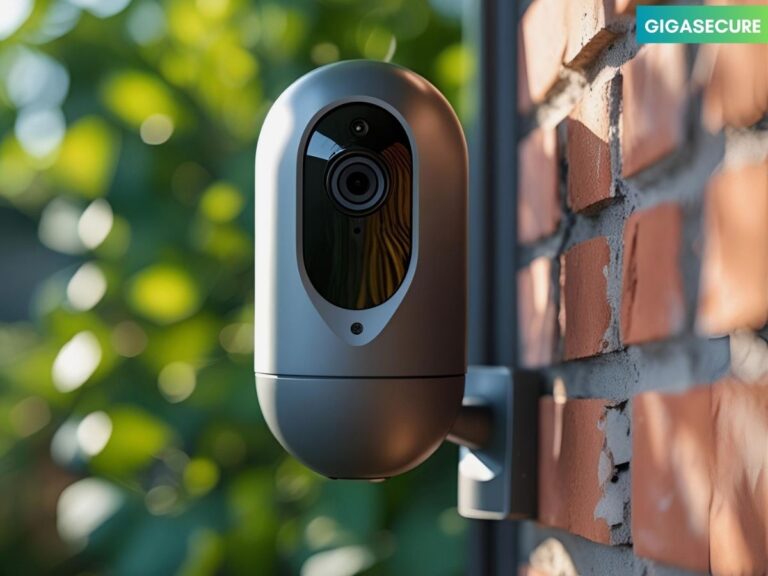How Outdoor Cameras Help with Insurance Claims and Evidence?
As a homeowner, I’ve seen how outdoor security cameras help. They keep intruders away and capture important footage when needed.
Once, my property was hit by vandalism. Luckily, the surveillance cameras for insurance claims got clear evidence. This helped a lot with my insurance claim.
This experience showed me how important a good security system is. It’s not just to scare off criminals. It’s also to have solid evidence when you really need it.
Key Takeaways
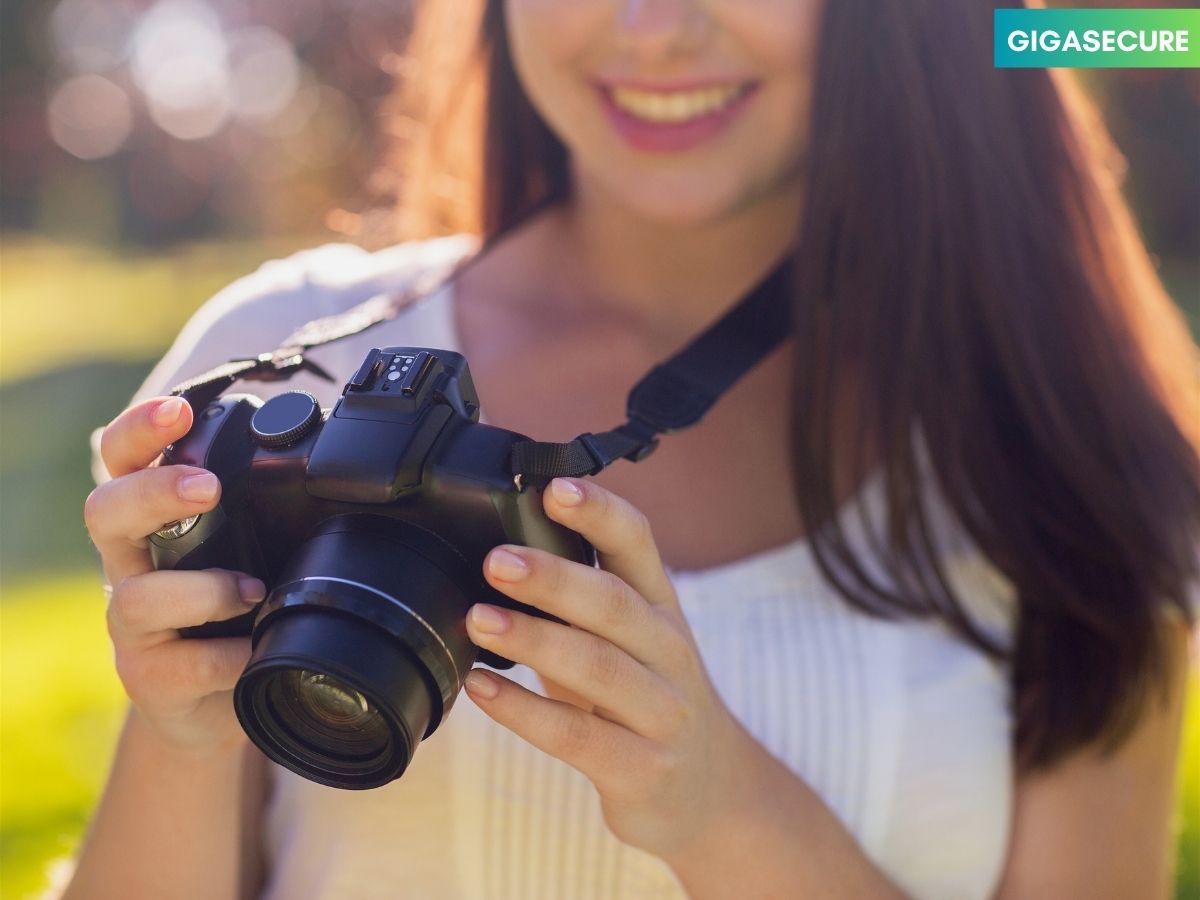
The Growing Importance of Home Surveillance

Property crimes in the United States are on the rise. This makes home surveillance key for keeping homes safe. As a homeowner, I’ve learned how vital a good security system is.
Rising Property Crime Statistics in the United States
Property crime rates have gone up, with burglary rates increasing by 2.2% in 2022. This rise in property crimes has led to more people wanting outdoor CCTV cameras for insurance.
- Burglary rates increased by 2.2% in 2022.
- The total number of property crimes reported was over 7 million.
- Homeowners are increasingly turning to outdoor video surveillance for insurance claims.
The Shift Toward Smart Home Security Solutions
With more property crimes, people are moving to smart home security. They’re choosing systems with outdoor cameras, motion detectors, and alerts.
Outdoor cameras offer many benefits, like:
- Providing clear visual evidence.
- Capturing footage of incidents with timestamps.
- Helping prevent false claims against your property.
My Personal Journey to Installing Outdoor Cameras
After a break-in at my home, I got outdoor cameras. They gave me peace of mind. I saw how useful having a visual record of incidents was.

Understanding Insurance Claims Process
As a homeowner, I’ve learned that knowing the insurance claims process is key. It involves several steps, from filing a claim to getting compensation for damages or losses.
Common Challenges in Filing Property Insurance Claims
Filing a property insurance claim can be tough. Homeowners often struggle with providing enough documentation, meeting deadlines, and understanding the claims process. Using outdoor cameras in insurance investigations helps by giving visual proof of incidents.
The Burden of Proof in Insurance Disputes
In insurance disputes, the claimant must prove their case. This means homeowners need to show enough evidence to back their claims.

Insurance companies want detailed photos, videos, and witness statements.
How Documentation Affects Claim Approval Rates
Good documentation is key for claim approval. A study by the Insurance Information Institute shows claims with solid evidence get approved more often. The table below shows how documentation impacts approval rates.
| Documentation Level | Claim Approval Rate |
|---|---|
| Poor | 40% |
| Adequate | 70% |
| Thorough | 90% |
As the table shows, better documentation leads to higher approval rates. This is where insurance claims and outdoor camera footage are very helpful. They give homeowners a strong tool for supporting their claims.
“The key to a successful insurance claim is thorough documentation. By providing detailed evidence, homeowners can significantly improve their chances of a successful claim.”
How Outdoor Cameras Help with Insurance Claims and Evidence
Outdoor cameras are key in proving insurance claims with clear evidence. They help homeowners when filing a claim.
Providing Irrefutable Visual Documentation
Outdoor cameras offer undeniable proof. This footage is strong evidence of what happened. It helps clarify the incident’s details.

Capturing Time-Stamped Footage of Incidents
Modern outdoor cameras record time-stamped footage. This is vital for insurance claims. It shows exactly when and where an incident happened.
Deterring Fraudulent Claims Against Your Property
Outdoor cameras also prevent false claims. They make a property less appealing to fraudsters. This lowers the chance of false claims.
My Experience Using Camera Footage for a Claim
I used camera footage for an insurance claim. It made the process easier. Having clear evidence was a big relief.
In summary, outdoor cameras are essential for insurance claims. They provide evidence, time-stamped footage, and prevent fraud. Their importance in supporting claims is huge.
Types of Incidents Captured by Outdoor Cameras
Having outdoor cameras can really help homeowners. They act as a watchful eye, capturing evidence for various incidents.
Property Damage from Weather Events
Outdoor cameras show how weather affects your property. They record damage from storms, like fallen trees or hail. For example, my camera caught a branch damaging my fence during a storm.
Theft and Burglary Documentation
Theft and burglary are big worries for homeowners. Outdoor cameras can scare off burglars and help prove a break-in. They record the thief’s look, how they came in, and more.

Vandalism and Malicious Damage
Vandalism is expensive and annoying for property owners. Outdoor cameras catch vandals and show how much damage they did. This evidence is key for insurance claims or getting money back.
Liability Incidents on Your Property
Outdoor cameras are also useful for proving who’s at fault if someone gets hurt on your property. This is very important when there’s a disagreement about what happened.
Technical Considerations for Insurance-Grade Evidence
To make outdoor camera footage usable in insurance claims, several technical points are key. The quality and reliability of the footage are essential. They help support or deny a claim.
Resolution Requirements for Usable Footage
The camera’s resolution is critical for clear images. A minimum of 1080p is advised. But, 2MP or 4MP can offer even clearer details.
High-resolution cameras can capture license plates, facial features, and other identifying details. These are vital for investigating incidents.

Storage Solutions and Footage Retention
Having enough storage is key to keep footage for insurance claims. Cameras with local storage, like SD cards or hard drives, can store footage for different times. Cloud storage is also an option, keeping data safe off-site.
It’s important to pick a storage solution that balances capacity with accessibility and security.
Weather Resistance and Reliability Factors
Outdoor cameras must handle various weather, like rain, snow, and extreme temperatures. Cameras with IP66 or higher ratings are good for outdoors. Reliability is also key, as cameras that often fail or lose connection can lose footage. This could harm an insurance claim.
Night Vision and Low-Light Performance
Being able to capture footage at night or in low light is critical. Cameras with infrared LEDs or night vision can show clear images in the dark. When choosing a camera, check its low-light performance to meet your needs.
Strategic Camera Placement for Maximum Coverage
Putting outdoor CCTV cameras in the right spots is key for insurance claims. You need to think about your property’s layout and any blind spots.
Identifying Vulnerable Areas Around Your Home
First, look at your property’s edges. Note where risks like theft or vandalism might happen. Doors, windows, garages, and sheds are often at risk.
Optimal Mounting Heights and Angles
Cameras should be mounted high and at the right angle for clear footage. They work best between 8 to 10 feet off the ground.
This height stops tampering and gives a wide view. Adjusting the camera’s tilt and pan helps capture important areas well.

Avoiding Privacy and Legal Issues with Neighbors
Think about your neighbors’ privacy when setting up cameras. Make sure your cameras don’t watch your neighbors’ homes. Knowing local laws about surveillance can prevent legal trouble.
My Camera Placement Strategy and Lessons Learned
My experience shows a good plan mixes wide shots for the big picture and focused cameras for key spots. Check and tweak your camera spots often to keep coverage top-notch.
| Camera Placement Tips | Benefits |
|---|---|
| Install cameras at 8-10 feet height | Prevents tampering and ensures wide viewing angle |
| Focus on entry points and valuable assets | Captures critical areas for insurance claims |
| Avoid capturing neighboring properties | Respects neighbors’ privacy and avoids legal issues |
By smartly placing outdoor CCTV cameras and thinking about possible problems, homeowners can boost their property’s safety. This makes them ready for insurance claims.
Insurance Premium Discounts and Benefits
Homeowners who get outdoor cameras might get lower insurance rates. These cameras make your home safer. They also give proof to lower your insurance costs.
Negotiating Lower Premiums
I got a lower insurance rate by showing my provider camera footage. It showed my home was more secure. This taught me a security system can really cut down on insurance costs.
Typical Discount Percentages
Insurance companies often give discounts of 5% to 15% for homes with cameras. For example, some big insurers offer:
- Up to 10% off for homes with monitored systems
- 5% off for homes with visible cameras
Required Documentation
To get these discounts, you need to show proof. This includes:
- Proof of camera installation
- Details of your security system
- Any relevant footage or records
Combining Security Measures
Using outdoor cameras with other security like alarm systems and smart locks makes your home even safer. This can lead to bigger discounts.

Legal Considerations When Using Camera Evidence
Using outdoor camera evidence for insurance claims is getting more common. But, it’s important to know the legal side of it. As a homeowner, knowing these laws helps make sure your evidence works well.
Admissibility of Video Evidence in Insurance Claims
For video evidence to be accepted in insurance claims, it must be relevant and real. It also needs to be documented properly and have a clear chain of custody to prove its integrity.
“The admissibility of video evidence hinges on its reliability and relevance to the case at hand.” –
Insurance Expert
Privacy Laws Affecting Residential Surveillance
Privacy laws differ by state, but they all have rules about surveillance. Knowing these laws is key to avoid legal trouble. For example, recording neighbors without their okay can cause problems.
Consent Requirements in Different States
Some states need consent to record people, while others don’t. It’s important for homeowners with outdoor cameras to know these rules.
| State | Consent Requirement | Notes |
|---|---|---|
| California | Two-party consent | Requires consent from all parties being recorded. |
| Texas | One-party consent | Only one party needs to consent to the recording. |
| New York | One-party consent | Similar to Texas, one-party consent is required. |
Proper Documentation and Chain of Custody
Keeping a clear chain of custody for your footage is key. This means documenting every step from capture to evidence presentation. This helps avoid tampering claims and makes sure the footage can be used.

By following these legal tips, homeowners can use their outdoor cameras to protect their insurance. This makes sure their evidence is valid and helpful in the claims process.
Integrating Cameras with Complete Home Protection
Adding outdoor cameras to my smart home security system has changed how I protect my home. It makes my property safer and helps with insurance claims and evidence.
Connecting Cameras with Smart Home Security Systems
Linking my outdoor cameras to my smart home system lets me watch my property from anywhere. I get alerts right away, so I can act fast if something's wrong.
- Enhanced monitoring capabilities
- Real-time alerts for immediate action
- Integration with other smart devices for complete security
Real-Time Alerts and Remote Monitoring Benefits
Getting alerts and watching my home from afar is a big plus. It helps keep intruders away and lets me react quickly to any issues.
Real-time alerts mean I can act fast when security is breached.
Creating a Digital Record of Your Valuables
I use my cameras to keep a digital record of my stuff. It helps me keep track of my belongings and proves ownership if something gets stolen or damaged.
My Setup: How Everything Works Together
My home security system is set up to work smoothly. The cameras connect to my smart home system, which I control with an app. This lets me check and change settings easily.

By linking cameras with my home protection, I have a strong security system. It keeps my home safe and gives me solid evidence for insurance claims.
FAQ Of How Outdoor Cameras Help with Insurance Claims and Evidence?
What is the primary purpose of outdoor security cameras in relation to insurance claims?
Outdoor security cameras help prove insurance claims are valid. They provide visual evidence that makes the claims process easier.
How do outdoor cameras help with insurance claims and evidence?
They offer clear, time-stamped footage of incidents. This helps prevent false claims and supports your insurance claim.
What types of incidents can be captured by outdoor cameras?
Cameras can record damage from weather, theft, vandalism, and liability incidents. They document these incidents on your property.
What technical considerations are important for insurance-grade evidence from outdoor cameras?
Key factors include high resolution for clear footage, reliable storage, and weather resistance. Night vision and low-light performance are also important.
Can installing outdoor cameras lead to insurance premium discounts?
Yes, installing cameras can lower your insurance premiums. Many insurers offer discounts for homes with surveillance cameras.
How should I position outdoor cameras for maximum coverage?
Place cameras in vulnerable areas around your home. Choose the right height and angle. Make sure to avoid privacy issues with neighbors.
Are there any legal considerations when using camera evidence for insurance claims?
Yes, there are legal aspects. Video evidence must be admissible in claims. Privacy laws and consent requirements vary by state. Proper documentation is essential.
Can I integrate my outdoor cameras with other security measures?
Yes, combining cameras with smart home systems offers real-time alerts and remote monitoring. This creates a strong home security setup.
What are the benefits of using surveillance cameras for insurance claims?
Cameras provide visual evidence, prevent false claims, and support the claims process. They help protect your financial future.
How do outdoor CCTV cameras support insurance purposes?
CCTV cameras deter intruders, capture evidence, and prove claims are valid. They are a key part of home security.
Conclusion: Protecting Your Home and Financial Future
Getting outdoor security cameras is a smart move to keep your home safe and your finances secure. These cameras help prove what happened, which is key for insurance claims and solving disputes.
Outdoor cameras have many benefits. They record incidents as they happen. They also scare off people who might try to harm your property, lowering the chance of false claims.
Having a good security system gives you peace of mind and protects your wallet. By adding outdoor cameras to your home’s defense, you create a strong shield against dangers.
Knowing how important outdoor cameras are for insurance claims helps you make better choices for your home’s safety. This knowledge helps you safeguard your belongings and financial future
